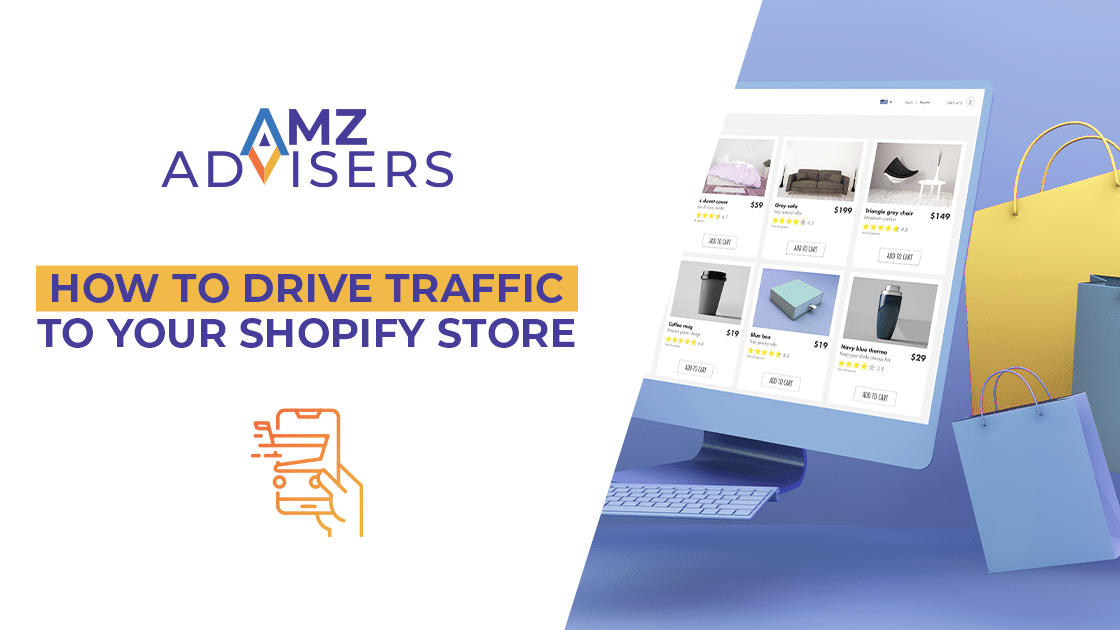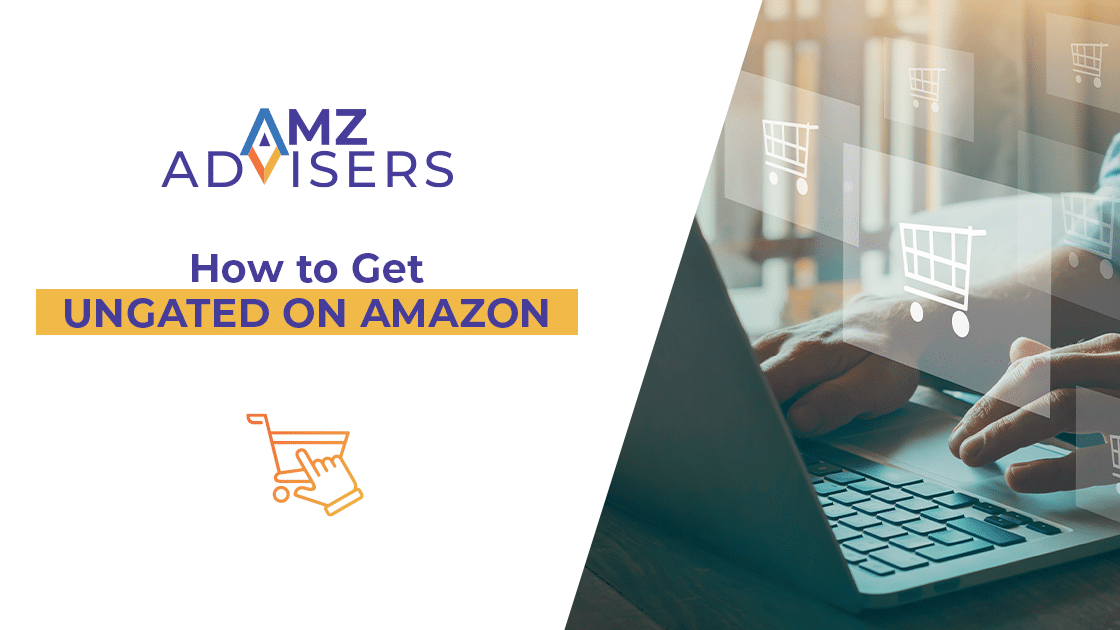Most online merchants sell on Amazon, Shopify, or Walmart. But there is one big marketplace missing. Some sellers don’t know how to sell stuff on eBay!
eBay is among the largest marketplaces online. As of Q1 2022, the platform holds 142 million active buyers. Plus, it features over 1.6 billion products.
Through eBay, brands can connect with millions of customers. Its ease of use makes it a great platform to start a new store. Or, you can also complement your current business.
Let’s dive in to learn how to sell on eBay as a business.
Why Should You Sell on eBay?
Pretty much any seller can start a new eBay store. In fact, 28% of Amazon merchants do so, according to JungleScout.
Let’s review the hard facts about selling on eBay:
- Jungle Scout also states that eBay currently holds 17 million sellers. In contrast, Marketplace Pulse reports that Amazon is home to over 6 million brands.
- SimilarWeb states that 78% of eBay’s web traffic comes from the US alone. It’s also the second most visited marketplace, just behind Amazon.
- 16% of consumers shopped on eBay in Q1 2022. (source)
- eBay earned $19.4 billion in Gross Merchandise Volume (GMV) during Q1 2022. And during that same period, the marketplace collected $2.5 billion in revenue.(source)
In the world of eCommerce, eBay is second only to Amazon, according to SimilarWeb. What once was an auction-based store is now a full-fledged eCommerce giant. And it’s time that you take notice and get yourself involved!
Who Can Sell Things on eBay?
It’s fairly easy to become an eBay seller. You can set up your account, list new products, and start selling on the same day!
Independent users can start their operations as eBay amateur sellers. This means they’ll resell used items for a profit. To do so, they can set up an auction, or deal in fixed prices.
But there are also PowerSellers, according to BigCommerce. These are your full-time sellers, who run a full eCommerce business.
Think of PowerSellers as the counterpart to Amazon sellers. Such merchants acquire, stock, sell, pack, and ship offers to customers.
Selling on eBay vs Selling on Amazon
There are a few key differences from your regular Amazon operation. For example, eBay has no Buy Box. So, sellers don’t need to compete for a top sales spot. They can create and promote unique listings.
Amazon lists both new and used items in a single listing to ease user navigation.
In contrast, eBay offers are separate from each other. That means users must search and find the listing that suits their needs.
Merchants can also set up auctions on eBay or deal in fixed prices. The former is a unique opportunity to promote your items through direct customer engagement.
Last but not least, eBay holds a bit more freedom when listing and showcasing products. Sellers can use their own images, descriptions, and promos to stand out on eBay.
Related content: How to Create an Amazon Account
How to Sell Your Stuff on eBay
So far, we reviewed the benefits that eBay offers to new and seasoned sellers. Now, let’s go into a step by step guide on how to sell on eBay.
Image source: eBay
Image source: eBay
Open an eBay Seller Account
Start off by creating your eBay account. The process is free for all new sellers. Here is the full process:
- Go to eBay and click on the register button. It’s at the top left corner of the page.
- Select whether you want a business or personal account. Then, submit your name, email and a valid password.
- Click on Create Account, and you’re in! Now, go to My eBay, click on Account, and fill in your contact details.
Image source: eBay
Before you can move on, add your banking data. This way, eBay will know where to send your earnings from the get-go.
- Open the My eBay menu and select Selling Options.
- Now, click on Account and select Payments.
- Submit your bank account data.
All eBay sellers participate in the Manage Payments system. This program is designed to deposit your revenue within 2 days after payment confirmation. You can find more about it here.
eBay Stores
All eBay sellers get started on a free account. But as you grow in size and scale, you may consider setting up an eBay Store.
This would be the equivalent of an Amazon Professional account. eBay Stores are subscription-based accounts, with unique sales and traffic perks to sellers.
eBay offers 5 store types to merchants: starter, basic, premium, anchor, and enterprise. Each comes with its own perks. For example:
- Discount fees for sellers, and extra free listings each month.
- Create a custom storefront page, with a personal URL.
- Access to unique promotional and listing optimization tools.
Note that eBay stores are not a requisite for any seller. That said, it’s a great aid to help you boost your sales on eBay. You can find more about eBay stores here.
Product Research
Time to find the right products to sell! eBay features many product types and stiff competition. Some of the best-selling items fall into these categories:
- Home & Garden
- Health & Beauty
- Toys & Hobbies
- Consoles & Video Games
- Computers
- Pet Supplies
- Sporting Goods
- Auto Parts
It’s crucial to stick to what your business does best and to find the most profitable offers. Here are a few tips to do so:
- Select a few niche items with no seasonal constraints.
- Go for unique offers with high demand, but low competition.
- Choose products with high marketing value.
- Stick with products holding a 50% sell-through rate.
Take advantage of research tools, such as Google Trends, to find great offers. In fact, eBay has a market analysis software called Terapeak.
Terapeak collects eBay data to root out the most profitable items to sell. This includes recommended pricing and the best times to start selling.
Product Sourcing
You can also partner up with product suppliers. Such companies could be great allies that support your eBay business, for a reasonable fee.
Here are some venues where you can search for suppliers:
- AliExpress and Alibaba. Both marketplaces feature Chinese suppliers. Most will send bulk products to retail sellers at great discounts.
- Regular web search. Search for a specific product supplier on Google. The goal is to find the source, and make a deal so you can sell their product on eBay.
- Trade events. Go to commerce shows where you can talk to suppliers face to face. You can compare offers and start a good personal relationship.
- Arbitrage. Go to retail stores or search online marketplaces. Then find products at a discount, buy them, and resell them for a profit.
Pair up the last option with the eBay mobile app.
Image source: JungleScout
This will allow you to search for a specific product on eBay. Then, you can check the items’ estimated pricing, seller fees, and profit.
You can also use the barcode scanner to find product results much faster.
Listing and Promotion
As we said above, product listings on eBay are a bit different than in other marketplaces. There are only unique listings, unlike Amazon. So, it’s easy to get lost in the crowd.
You can improve your visibility using good listing practices. Let’s review a few tips to make your eBay listings stand out.
- Write unique titles and descriptions. Highlight the items’ main features and their benefits to customers. For example, include brand name, model, color, dimensions, and accessories.
- Take advantage of keywords. Quality search terms will help you stand out to the right users. This will bump you up in the ranks, and let interested customers find you first.
- Upload great images. Let users see the product they want. Visuals should be large and detailed. They should also highlight the product’s best features.
- Strive for positive reviews. Customers listen to customers. Positive reviews let new users know that you sell quality products, which will help convert new buyers.
As a rule of thumb, always keep the customer in mind. In the end, you are listing to delight users, not the marketplace itself.
Related content: How to Write Successful Product Listings
As for promotion, eBay makes things quite simple. The listing summary page features the Sell it faster section. Here, merchants can submit an ad rate to promote each listing.
The marketplace will suggest an ad fee to improve placement. Other than that, there’s no hassle with keywords or budgets.
This is not a pay-per-click model, like on Amazon. In eBay’s case, you will only pay an ad fee when you sell a product.
Storage and Shipping
Big sellers usually have their own warehouses to store products. Most merchants may want to partner up with logistics professionals.
Delivery requires you to acquire a shipping label. You should also provide tracking details to protect the package during transit.
Also, make sure you stock up on boxes so you can pack your items for fulfillment. Then, deliver the parcels to a charter so you can deliver the product on time.
Sellers can also adopt a dropshipping model. This way, it’s the supplier who handles logistics, while the brand focuses on selling.
Related content: Is Dropshipping Still Worth it?
How Much Does It Cost to Sell Stuff on eBay?
eBay charges 2 types of selling fees. The first is an insertion fee for each listing that you create. The second is a selling fee, charged for each item that you sell.
The marketplace grants 250 free insertions per month. Once you reach that threshold, eBay charges $0.35 for a new listing, in most product categories.
Now, the final fee is more variable, because it considers the total amount of a sale. This calculation includes pricing, handling, shipping, and taxes.
Most categories will incur a 12.9% fee. But here are some key exceptions:
| Media & Entertainment – 14.6%Clothing & Apparel – 15%Watches & Jewelry – 12.55%Music Gear – 6% |
Source: JungleScout
Final fees also include $0.30 per each order.
There’s also an international fee for overseas sales. The percentage is 1.65% of the total sale. You will incur this fee when delivery falls outside the US.
Check the eBay customer service resources for more details. Also, eBay stores are subject to different fee rates and benefits that you can check out here.
Final Thoughts
Is selling on eBay worth your time? To sum up: yes!
Amazon did drive almost 45% of desktop traffic in Q2 2021. But eBay stood strong in second place during the same period, with 10.4% of desktop visits.
Plus, eBay’s mobile app had over 400 thousand monthly downloads in the same period, according to Statista.
It’s clear that eBay is a thriving marketplace for both new and established sellers. So, merchants should consider eBay as a profitable place to sell their brand-new offers.
Author

Esteban Muñoz is a content writer at AMZ Advisers, with several years’ experience in digital marketing and e-commerce. Esteban and the AMZ Advisers team have been able to achieve incredible growth on Amazon for their clients by optimizing and managing their accounts, and creating in-depth content marketing strategies.



